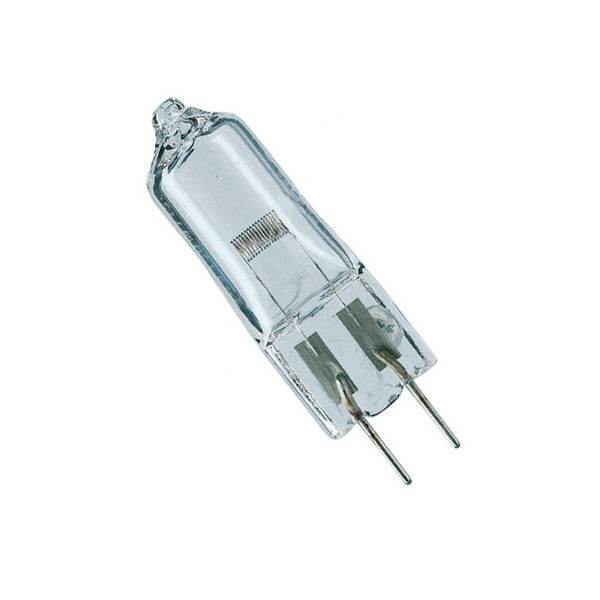halocline
Contributor
I might be getting an HID can light (second hand), but still have a couple of questions about them, so hoping for some help:
1) Is it difficult to get an HID in SM config (cord length and lid)? As I understand they were mainly manufactured with the cord coming vertically from the lid, so I would have to find an HID with an EO connector and then buy the battery separately?
2) When looking around at something like LM 15-35W HID, I see two types of pictures a) with a nice cylindrical body b) with a body that has a chunky rectangular part at the back (see pics). So which one is it? Are they different models (newer vs older) or just incorrect pics on sellers websites?
View attachment 763132View attachment 763133
3) I read that sometimes you can see tiny flickering in the light (because of the wire in the lightbulb). Is it something that gets super noticeable? Is it frequent?
4) LM sells extra bulbs at 275$, but does anyone know if they are reselling some generic light bulbs that I might be able to get somewhere else for much cheaper (like a car parts store) or is it a unique diving-specific bulb?
5) Besides requiring more care when handled, not having different power setting options, are there any other quirks worth noting?
_______
P.S. If anyone has an extra 35W HID light they might be willing to part with in April/May, let me know also
Here are my answers:
1) For SM, you probably need a side gland and longer cord than what is used for BM. This is typically done by getting a new cap for the canister that has the gland mounted sideways and a longer cord installed. LM does this, it's called a 'sidemount conversion' and it's a couple hundred dollars at least. It does mean that the light head is either side gland or top gland. To be able to interchange the same light head, you need E/O connector.
2) The older style lights had the ballast in the canister cap. This meant that much higher voltage went through the cord, which eventually caused problems. The newer light heads put the ballast in the light head which makes them a little more bulky but cuts down on the voltage in the cord. They are considered more reliable.
3) Flickering in the lightbulb usually means something is going bad in the canister. The bulbs are actually very reliable and long lasting if you don't break them. The ballasts are usually the problem when these lights fail. It's getting more difficult to find replacement ballasts. That's what sent me to get a LED replacement for my LM HID light. I didn't like it nearly as much, BTW, and sold it a few months later.
4) I don't enough about the specific bulbs to give you and answer, but you can't just buy an automotive bulb, there's something in the base (I think) that's different. There are color temperature issues too.
5) One quirk is the on/off cool down period. If you turn the light on, you should allow it to stay on and warm up; same for turning it off, allow it to cool down. Another issue is the bulk; the light heads, and sometimes the canisters, are just bigger. To me this is fine, especially in BM when I wasn't wearing a helmet, I didn't mind the feel of the light in my hand, and hip mounting the canister basically meant the size didn't matter. In SM, a big canister on your butt can be a little uncomfortable, and it's handy to be able to stick a small light head on your helmet. The bigger HID light head doesn't fit as well on the helmet. Usually it's only on there for a few minutes while you're taking notes or doing some line work, but still it's something to think about.
I miss my HID light, I would like to have one for BM diving. The light quality, focus, and color is still the best. That's an opinion, these things are subjective. But they're stressful to travel with and overall less convenient over a long period of time. If you can find one used at a really good price, you won't regret having it as long as you understand the good/bad.





